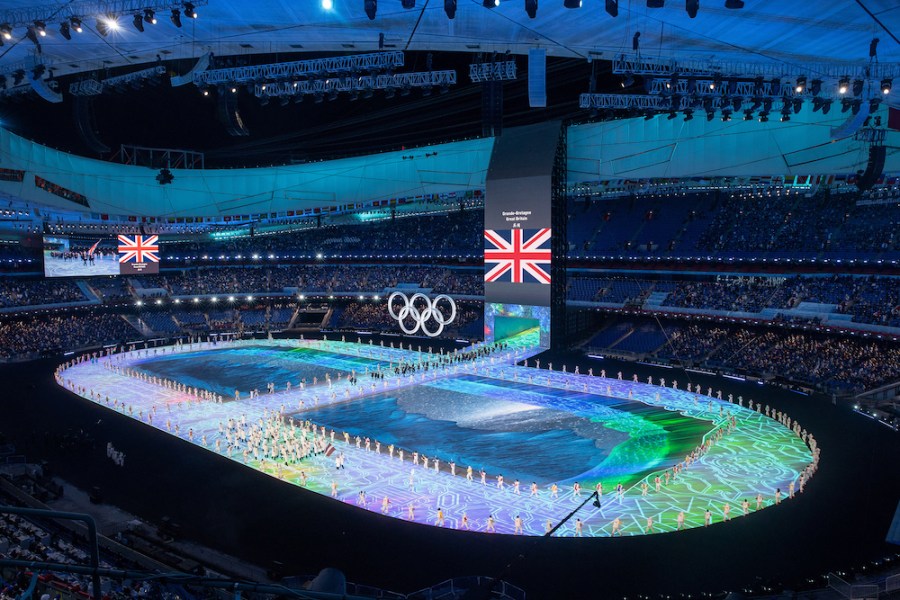Sam Mellish is the official photographer for ‘Team GB’ and he’s just finished shooting the 2022 Winter Olympics in China. In an exclusive interview with Amateur Photographer, Sam reveals how he first got involved with Team GB and tells the inside story of how he photographed the Beijing 2022 Winter Olympic Games…
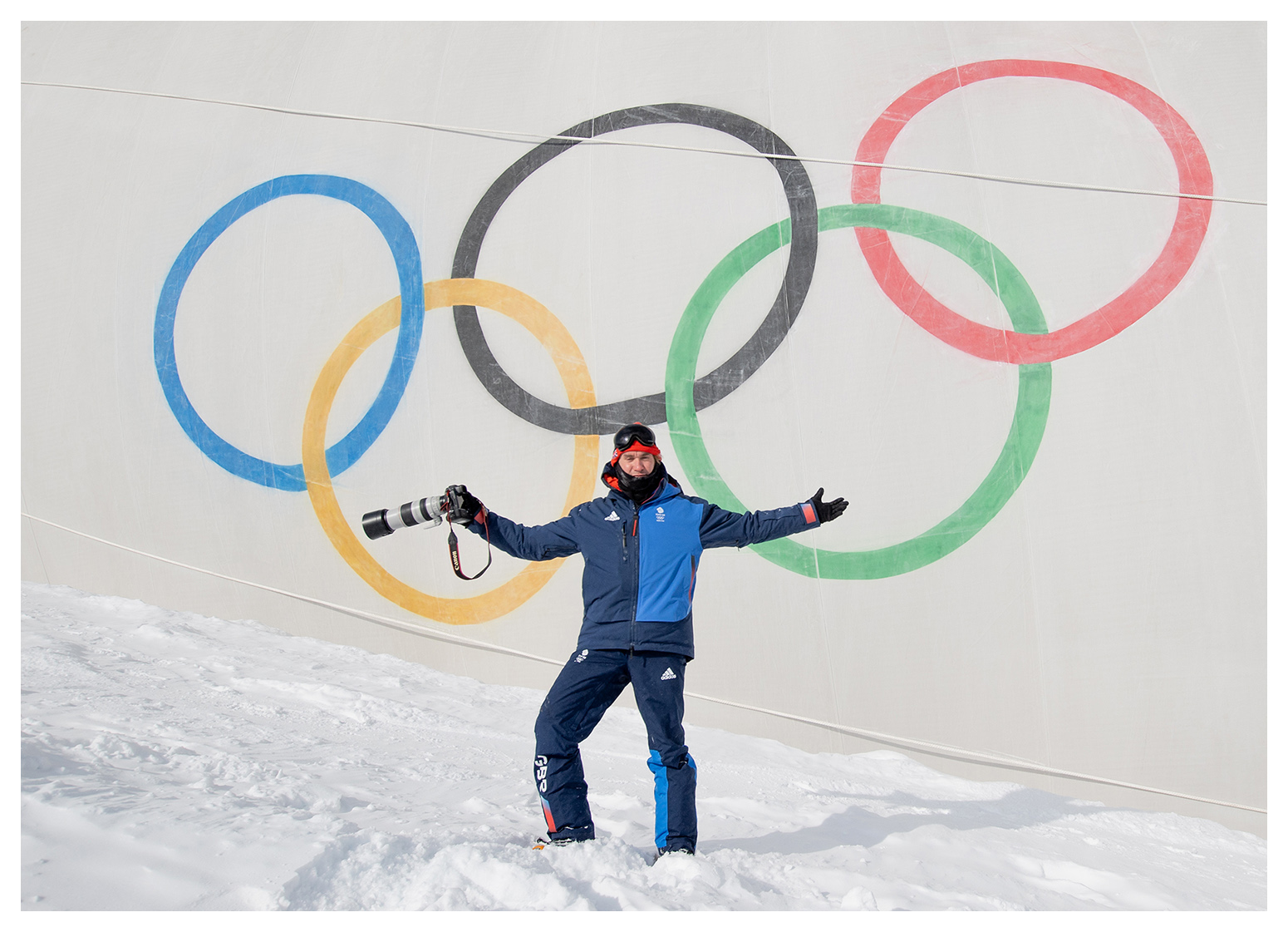
Sam Mellish pictured whilst covering the halfpipe finals at the Beijing 2022 Winter Olympic Games on the 19 February 2022 at Genting Snow Park in Zhangjiakou, China. Photo by Sam Mellish/Team GB
How did you first get involved with Team GB?
I’d shot snowsports for a good 10 to 15 years. In 2017 I got in touch with a friend called Hamish McKnight, who is head snowboard coach for what was then GB Park and Pipe. I thought it would be a nice project to document what it takes to be a Park and Pipe athlete. I spent 12 to 15 months documenting the team, over six to seven trips, but I wasn’t on the road all the time. I got a call from Leslie McKenna, who is the GB Park and Pipe Team Manager, saying they would love to have me out in Pyeongchang for the 2018 Winter Olympics. That was the start of working with Team GB. I pinch myself daily that this job has come up and it fills me with immense pride to do that and get on the plane with Team GB.

Team GB athletes meet Covid security at Beijing Airport on 28 January 2022 ahead of the Beijing 2022 Winter Olympic Games. Photo by Sam Mellish/Team GB
How did covering Team GB at Pyeongchang go for you?
I was up early in the mornings and had breakfast with Jack Shackleton, who was the assistant snowboard coach. He got me access, kept me up-to-date with the running of things and who was going well on which particular jump. I was shooting everything, covering it all on those half a dozen disciplines, which I knew pretty well. It was challenging but it was a role I knew pretty well by knowing the sports. The real management was in getting the metadata and keywording done, then getting the images off as quickly as possible.
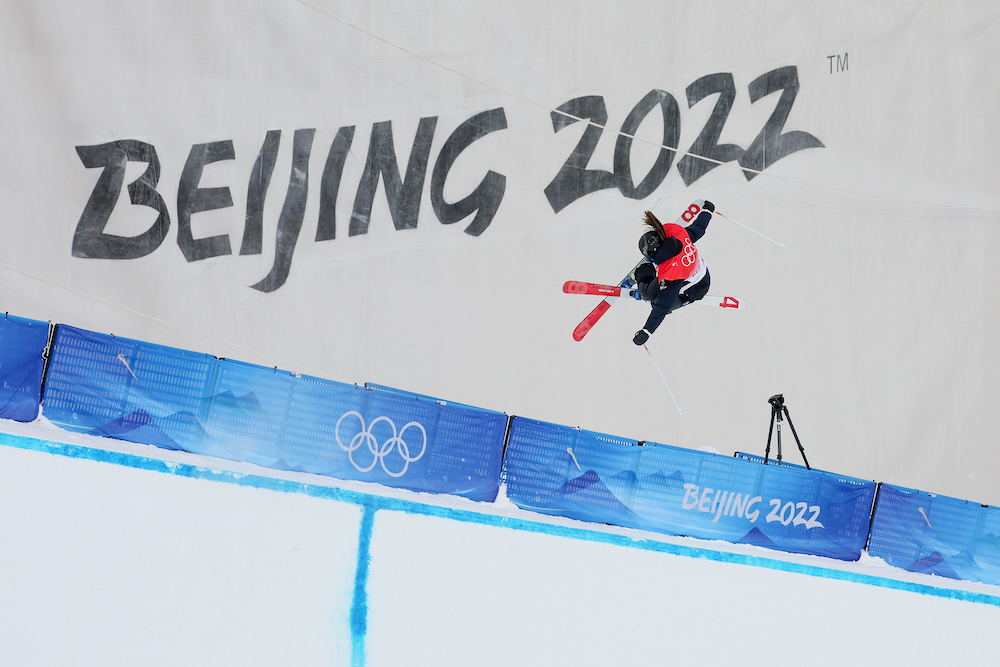
Zoe Atkin during freeski halfpipe qualification training at the Beijing 2022 Winter Olympic Games on 17 February 2022 at Genting Snow Park in Zhangjakou, China. Photo by Sam Mellish/Team GB
How did you plan and prepare for the 2022 Winter Olympics?
Not catching Covid was always at the back of my mind pre-Games. Yet the real planning and preparing was done with the help of the British Olympic Association. I’ve covered Snowsports for most of my career, so I guess I know what to expect. However, the Olympics always throws in a few surprises.

Team Hall for Team GB during the Men’s 4-man Bobsleigh, Heat 4, at the Beijing 2022 Winter Olympic Games on 20 February 2022 at the Yanqing Sliding Centre in Yanqing, China. Featuring Brad Hall, Nick Gleeson, Greg Cackett and Taylor Lawrence. Photo by Sam Mellish/Team GB
The Games were spread over three clusters. Beijing held the ‘Ice Sports’ – Curling (where Team GB won our two medals) and Ice Skating etc. Heading into the mountains were the Alpine and Sliding disciplines, which were held at an area called Yanqing. I was based in the third cluster, Zhangjiakou. This is where the remaining Snowsports happened, freestyle skiing and snowboarding for example. Although what’s known as ‘Big Air’, the freestyle snowboarding events, was held in Beijing, with an impressive industrial backdrop.
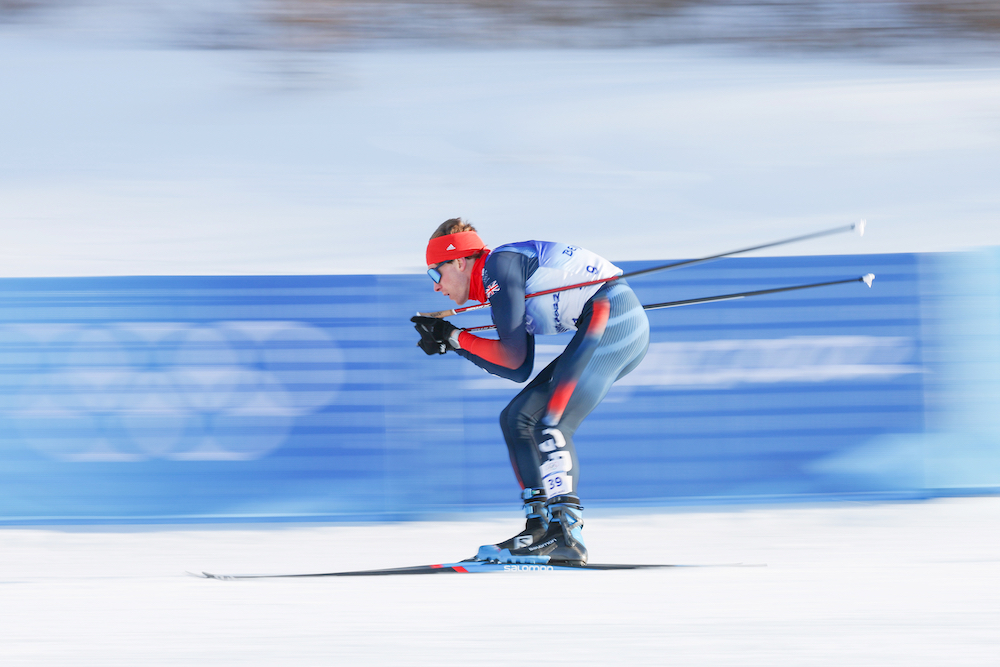
James Clugnet for Team GB in the Men’s Sprint Free qualification at the Beijing 2022 Winter Olympic Games on 8 February 2022 at the Cross Country Centre in Zhangjiakou, China. Photo by Sam Mellish/Team GB
My aim was to capture athletes within the Snowsports and Sliding disciplines. A good grasp of the competition and training schedule was key to ensuring I was not missing any athlete. Team GB also had a photographer, David Pearce, who was based in Beijing to cover the Ice sports and was also there to give support in the mountains when needed.
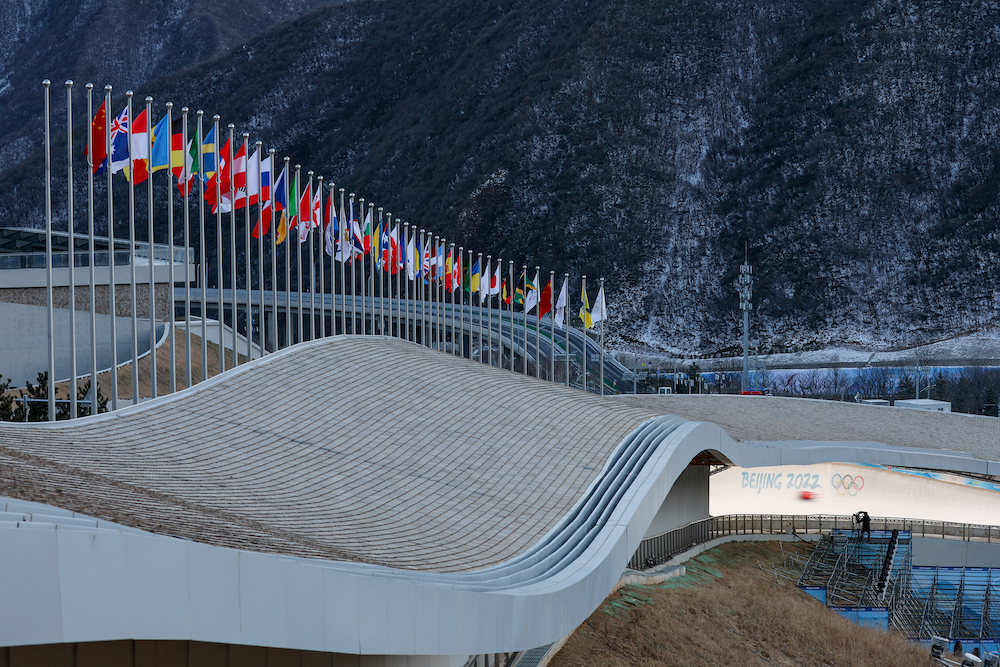
The Yanqing Sliding Centre during the Beijing 2022 Winter Olympic Games on 2 February 2022 in Yanqing, China. Photo by Sam Mellish/Team GB
What was your brief for covering the Winter Olympics?
I was working for Team GB and GB Snowsports. It was essential to capture images of all 50 athletes across the three clusters, with the help of David Pearce, the photographer based in Beijing. As with the Tokyo Olympics, I was asked to capture ‘the spirit of the Games’, so it’s not just about shooting the sports action. The highs and the inevitable lows. It’s a nice brief as it allows a lot of freedom to capture what happens in front of you.

Snowboarder Katie Ormerod for Team GB during slopestyle qualification at the Beijing 2022 Winter Olympic Games on 5 February 2022 at Genting Snow Park in Zhangjakou, China. Photo by Sam Mellish/Team GB
What kit did you take?
I brought a Leica D-Lux, which I really enjoyed using off the hill and the week before the Games fully started. It’s nice to have something to slip into the pocket and capture those down moments. But I mostly used my Canon R3 as well as a 1D X Mark III. My lenses would be the 16-35mm f/2.8, a 24-70mm f/2.8 II and a 100-400mm zoom – all Canon. I have to say that I’m now fully converted to the mirrorless bodies.
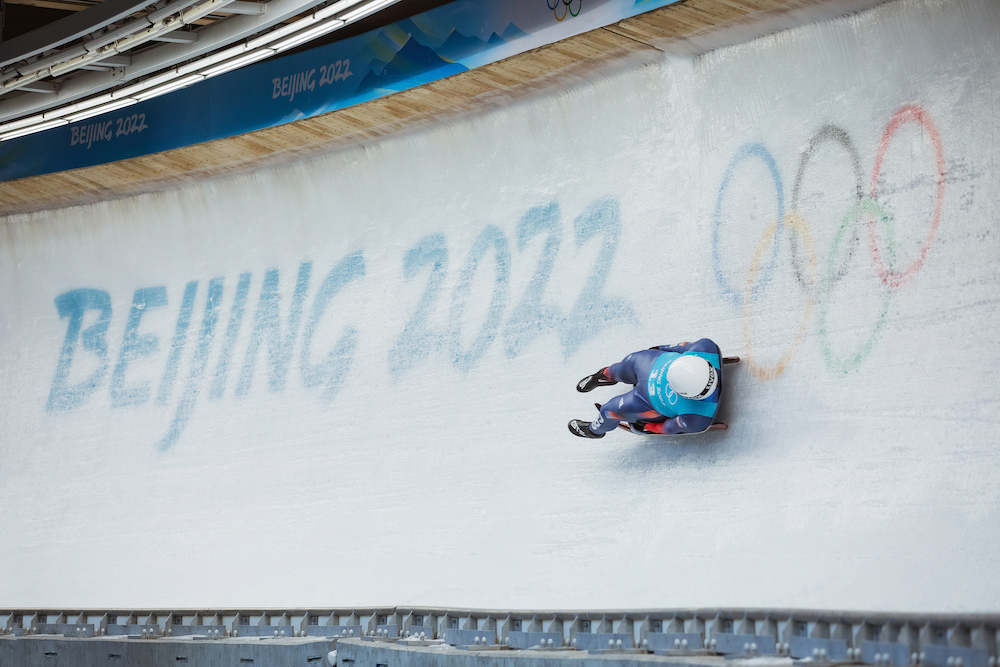
Rupert Staudinger during luge training at the Beijing 2022 Winter Olympic Games on 3 February 2022 at the Yanqing Sliding Centre in Yanqing, China. Photo by Sam Mellish/Team GB
What was a typical working day at the Winter Olympics?
I found getting into a daily rhythm helped. Shooting an Olympics can be physically and mentally challenging, so I aim to treat each day as a normal working day. My alarm would normally go off around 06:00-06:30, although often I’d be up before then. The day was always kick started with a Yorkshire Tea. I’d loosely have my kit readily packed, so once the daily ‘Covid swap’ was done, I’d eat a hearty breakfast, then be on the bus by 07:30-07:45 to go to the competition venue and be ready to shoot.
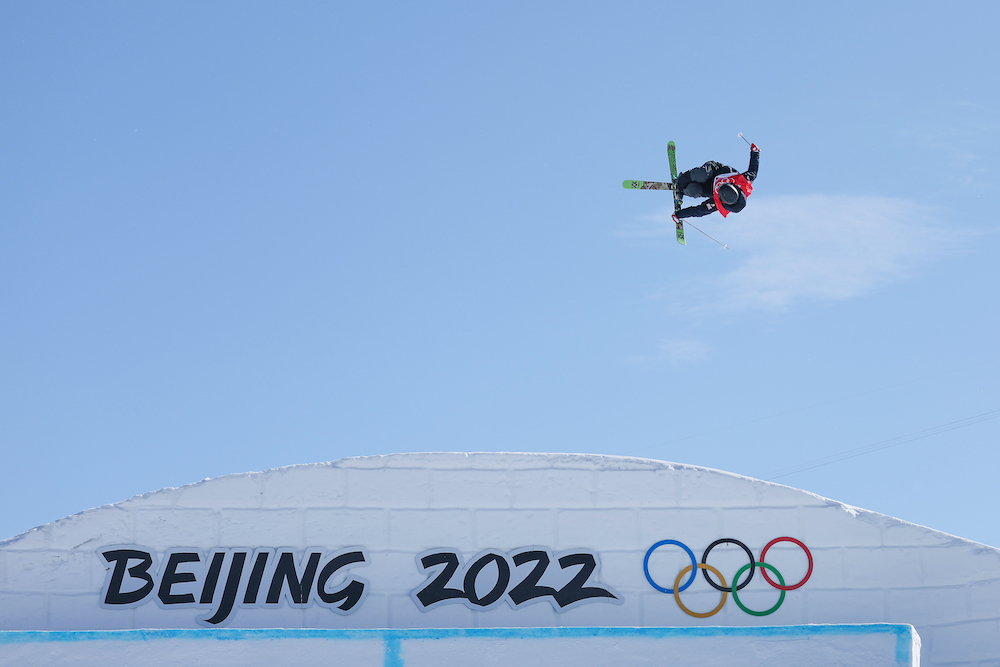
Kirsty Muir during freeski Slopestyle qualification at the Beijing 2022 Winter Olympic Games on 14 February 2022 at Genting Snow Park in Zhangjiakou, China. Photo by Sam Mellish/Team GB
I’d likely have an idea of how I want to shoot each event. This way I can work towards capturing an athlete on their last run at the bottom of the course. It helps to work backwards in that respect. Once the action finished, if I had time, I would hang around to try and capture post event celebrations or commiserations.
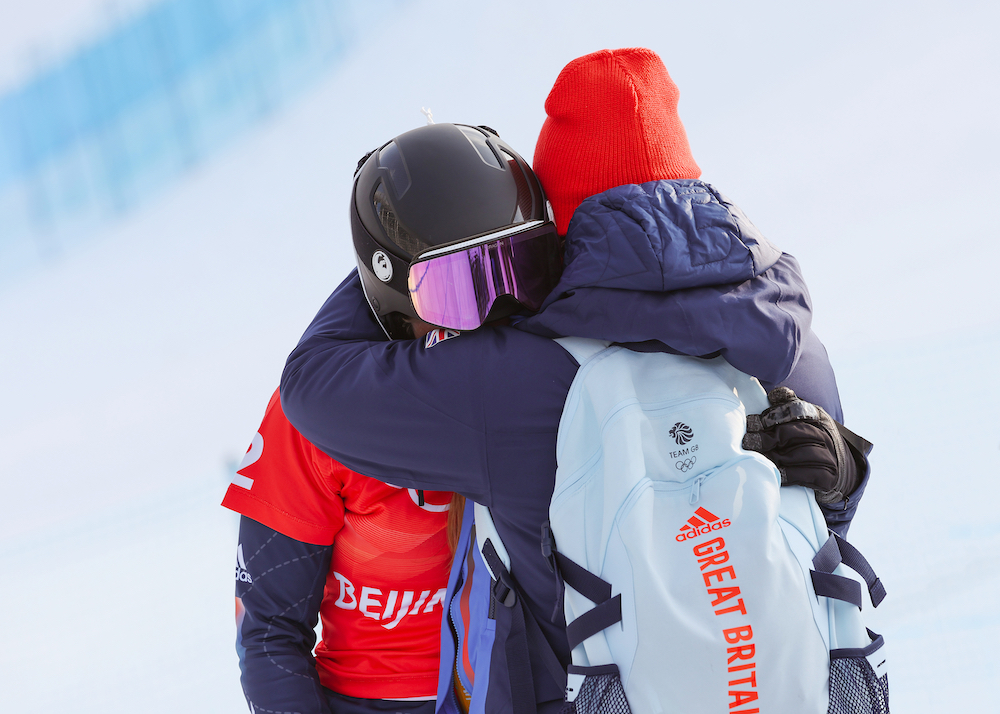
Charlotte Bankes for Team GB following the Women’s Snowboard Cross quarterfinal at the Beijing 2022 Winter Olympic Games on 9 February 2022 at Genting Snow Park in Zhangjiakou, China. Photo by Sam Mellish/Team GB
After that I’d then dash to the press centre to make my selection, do a basic edit, add metadata and upload to our photo library. It would then be off to the next event and venue and start again. For example, after the images from the Mens Halfpipe final were logged and supplied I made my way to Yanqing to capture the third and final heat of the women’s two-man bobsleigh. I think I usually finally downed tools about 11:30pm.
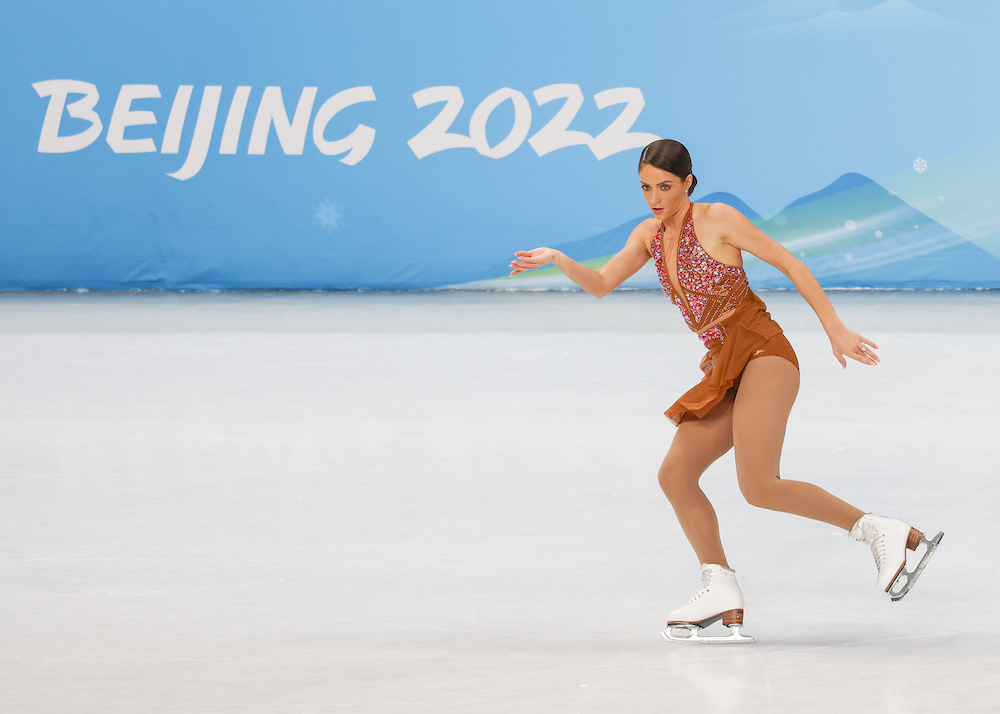
Natasha McKay in the Olympic Figure Skating Short Program Qualification at the Beijing 2022 Winter Olympic Games on 15 February 2022 at the Capital Indoor Stadium in Beijing, China. Photo by Sam Mellish/Team GB
Did Covid restrictions affect your work in any way?
Well, as you will see with some of the images supplied, a lot of the Chinese staff were wearing full HazMat suits. That was pretty mind-blowing. We had to constantly wear a face mask, unless we were sleeping and eating. Also daily testing and health monitoring were requirements. We were in a ‘closed loop system’ – meaning we were in a giant bubble. I was used to this way of working from Tokyo 2020. It simply meant that visiting anything other than the sporting venues and your accommodation was forbidden. After the Winter Olympics in PyeongChang, I spent some time exploring Seoul. I also did a fun press trip to the Demilitarised Zone. So, this time, we were very much closed off to China proper.

Covid security at the Prince Hotel at the Beijing 2022 Winter Olympic Games on 1 February 2022 in Zhangjiakou, China. Photo by Sam Mellish/Team GB
How did you edit and supply your images to Team GB?
I’d always make my selection using Bridge, then I do a batch edit in Lightroom, adding detailed metadata, which was pretty formulaic. I could chop and change depending on the event. I’d then do a very quick tidy up in Photoshop, then upload the images to the British Olympic Association’s photo library. It worked really well.
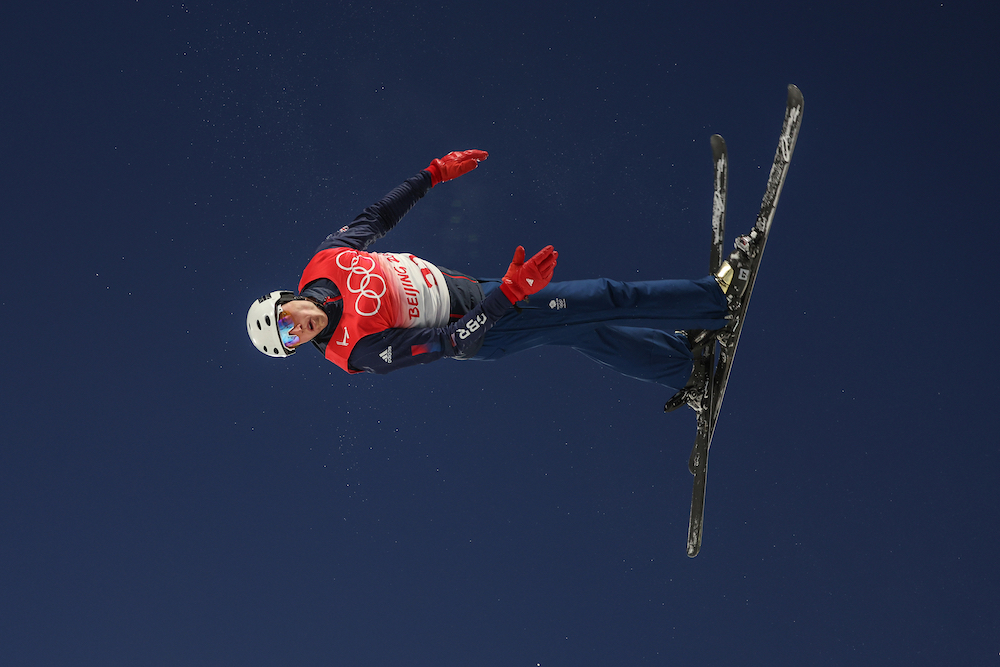
Lloyd Wallace during Aerials at the Beijing 2022 Winter Olympic Games on 12 February 2022 at Genting Snow Park in Zhangjakou, China. Photo by Sam Mellish/Team GB
What was the most challenging sport to photograph at Beijing 2022, in terms of speed or angles?
Actually, the biggest challenge in China was dealing with the cold. When the outside temperature is reaching minus 20 with a windchill, which makes it feel more like minus 30… that’s the real challenge. I’ve shot in Quebec in the peak of winter and Pyeongchang was incredibly cold, so just dealing with the elements was the biggest hurdle to overcome.

Ollie Davies during Ski Cross Seeding at the Beijing 2022 Winter Olympic Games on 18 February 2022 at Genting Snow Park in Zhangjakou, China. Photo by Sam Mellish/Team GB
I personally feel when I’m shooting Snowsports, it’s important to represent the sport as the athletes would like to be represented. In that respect, I try and incorporate a little perspective.

Freeskier James Woods during Big Air training at the Beijing 2022 Winter Olympic Games on 4 February 2022 at the Big Air Shougang in Beijing, China. Photo by Sam Mellish/Team GB
Saying that. Bobsleigh and the Sliding events are certainly challenging. Especially in the final heats when all the training is over. It’s a case of choosing a location wisely, and being sure to get the shot. The athletes also come speeding past – they can peak at 150km/h – and often the events are not brilliantly lit, or are at night. To make it work, I would frame the photo I wanted, then burst shoot as the bobsleighs came hurtling past. The EOS R3 has such a high burst rate that a tightly framed composition would often deliver two or three bankable images from a run. I actually had one crash in front of me, which certainly made my heart rate raise. Although I was protected by the course, it did make me jump!

Mica McNeill and Montell Douglas during the Women’s 2-man Bobsleigh, Heat 3, at the Beijing 2022 Winter Olympic Games on 19 February 2022 at the Yanqing Sliding Centre in Yanqing, China. Photo by Sam Mellish/Team GB
Do you have a favourite image from the Games? If so, what is it and why is it your favourite?
At the moment I don’t. I know that’s really bad, but things move so fast during Games time. Ask me in a few months time and I certainly will have a favourite but, for now, it’s just about getting the job done, and showing Team GB in the best light. Saying that, the images that I have submitted would all be my favourites for one reason or another. Either a significant moment for the Team, or simply a nice insight to life behind the scenes. I’ve submitted one black and white image which was shot on a very cold, very cloudy, snowy day. It was the day the women’s Slopestyle was postponed due to bad weather. I like that one very much.
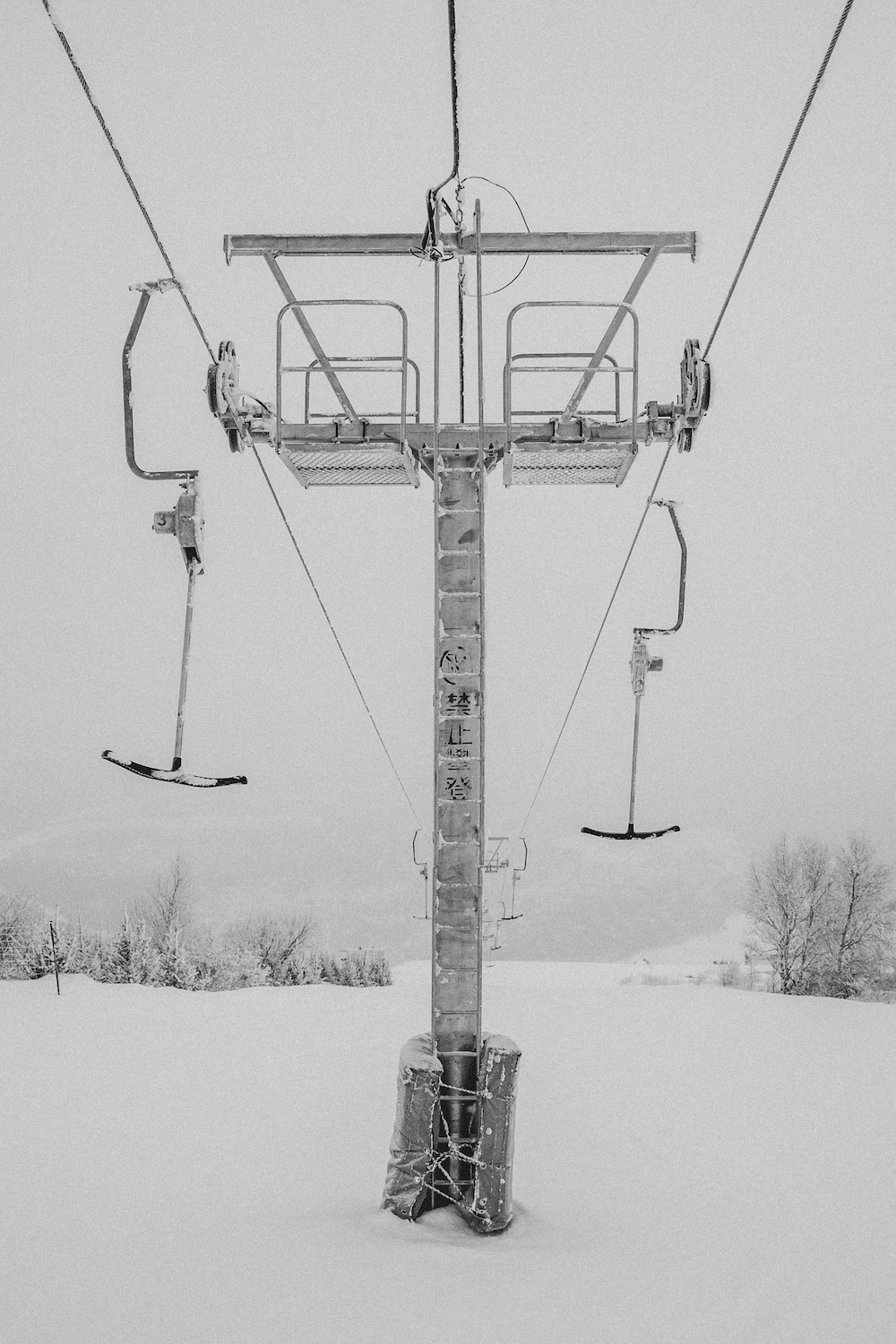
Whiteout at Genting Snow Park at the Beijing 2022 Winter Olympic Games on 13 February 2022 at Genting Snow Park in Zhangjiakou, China. Photo by Sam Mellish/Team GB
• You can find out more about Sam Mellish and his photographic work at Sam Mellish Photography.
Related articles:
What’s it like to shoot the Tokyo Olympics?

